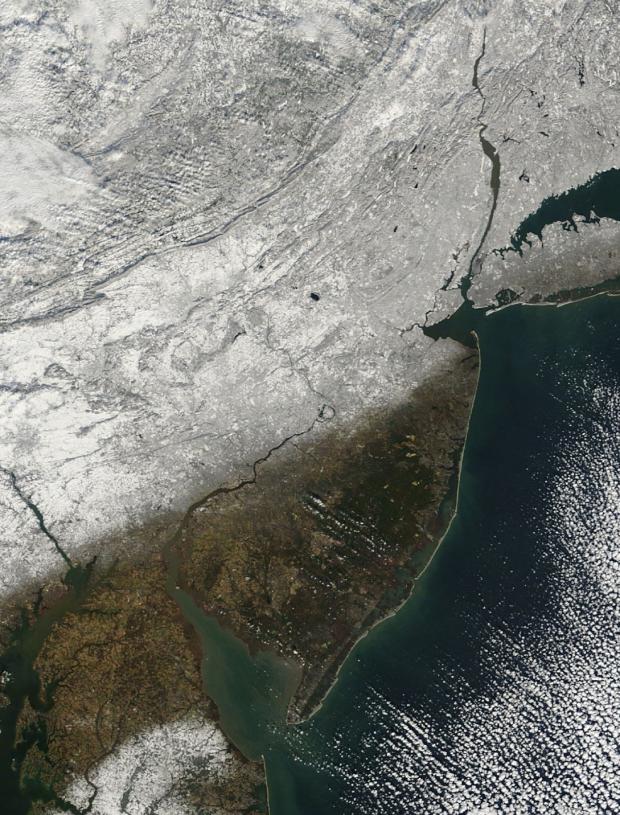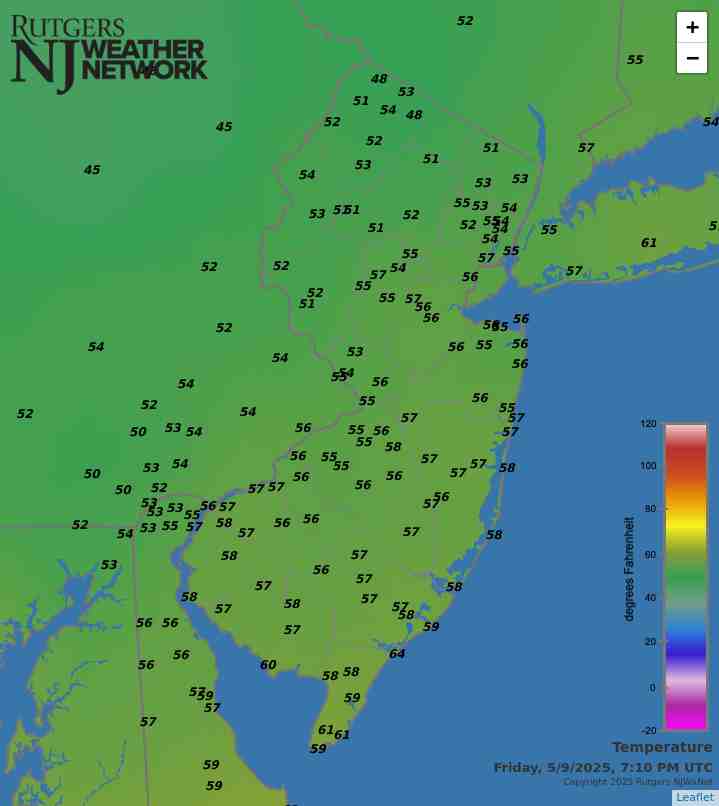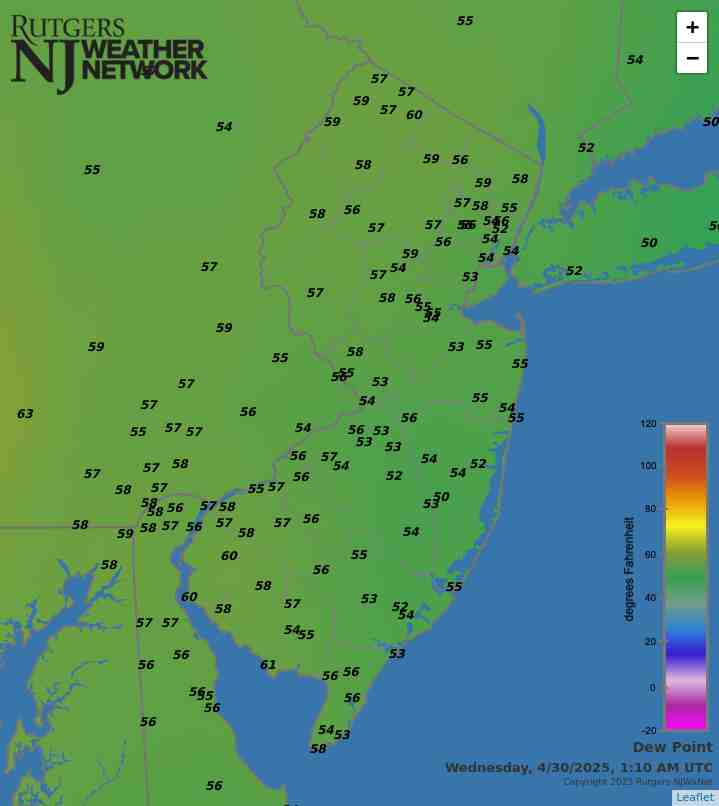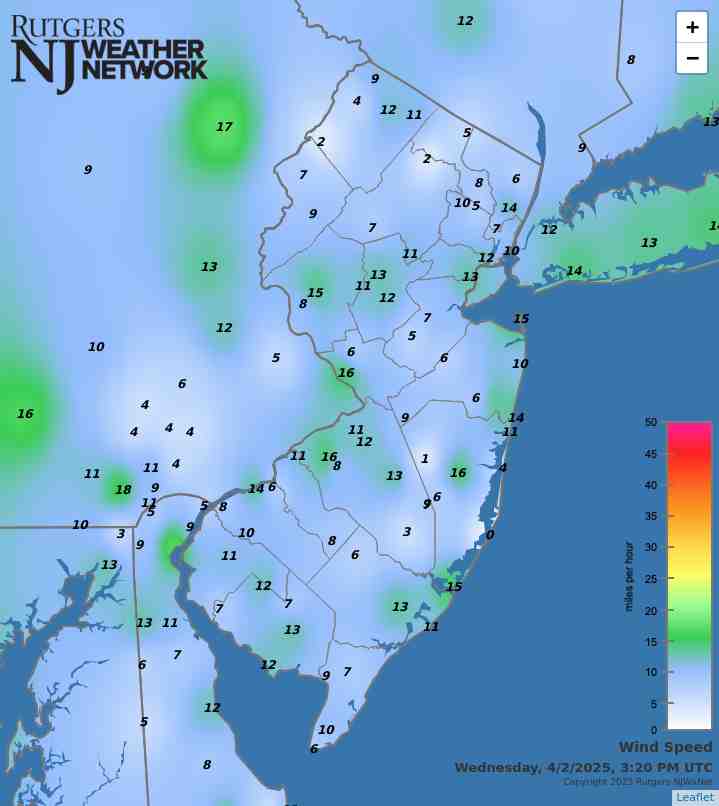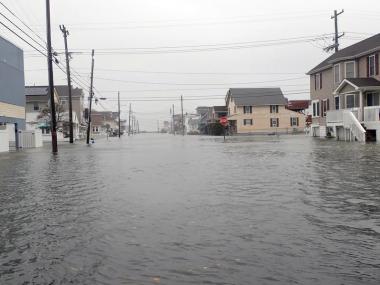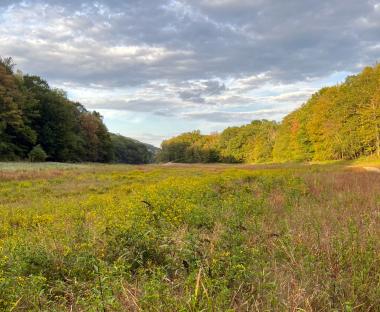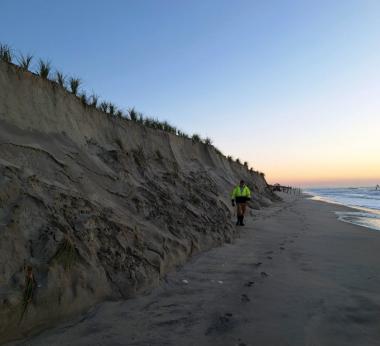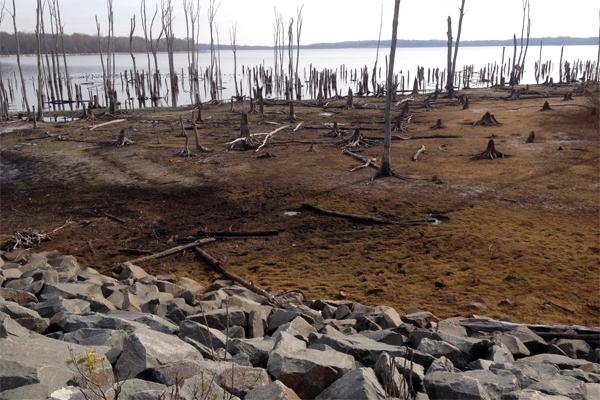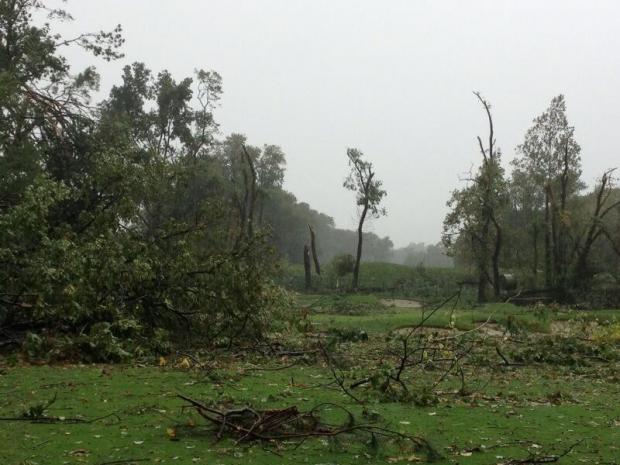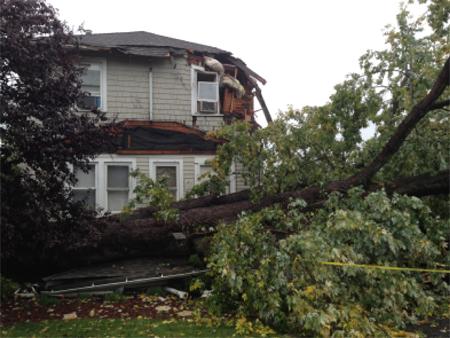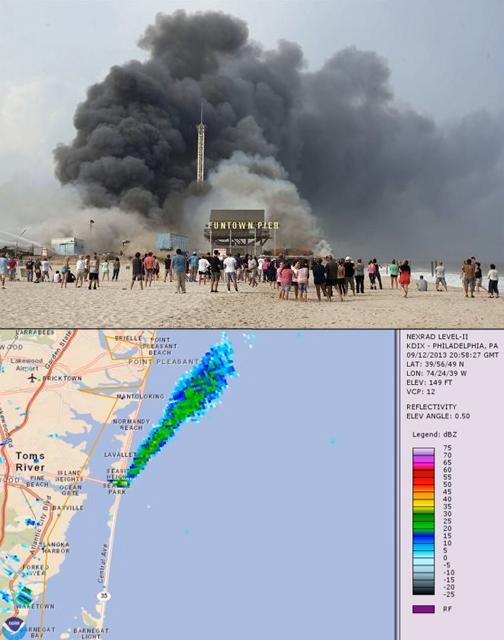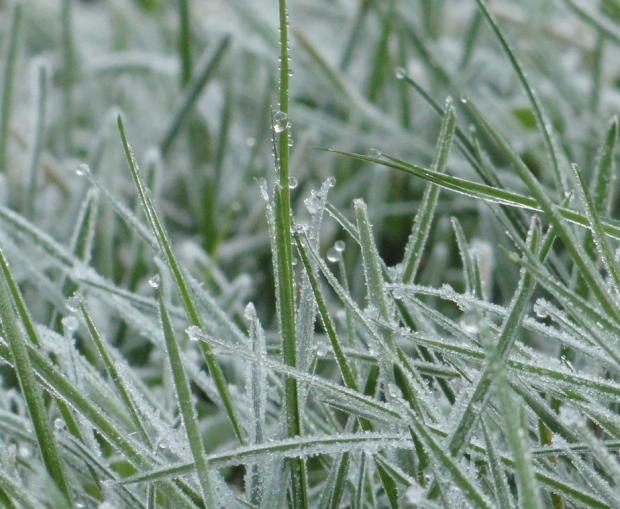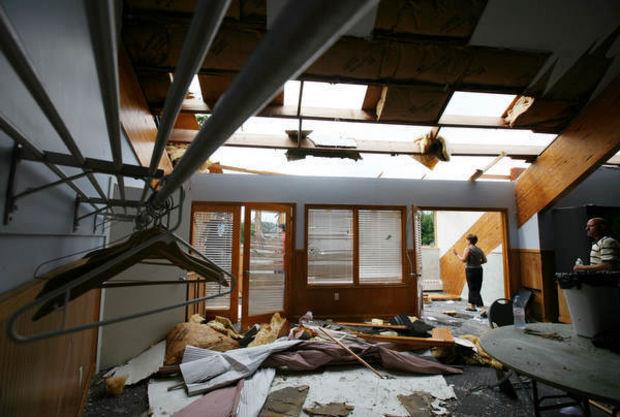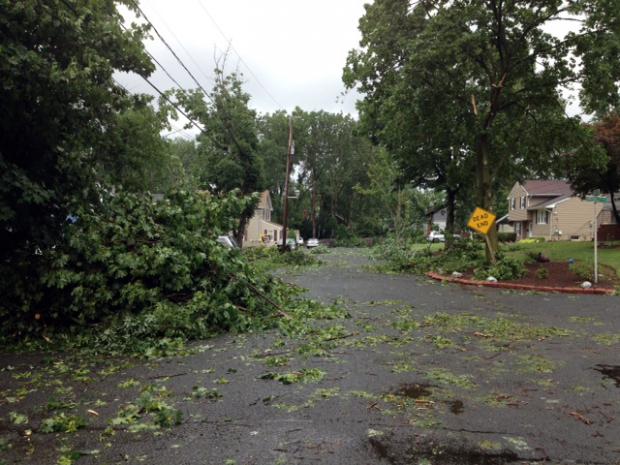Never doubt that this author can find something interesting associated with the weather and climate of any month or season. However, truth be told, sometimes what transpires does not rise to the level of exceptional interest among those not infected with the weather bug. For the most part, this report’s title holds true for this November and fall. Certainly, there was many a gusty day this past month. Also, drought concerns failed to abate in a season where each month saw below normal statewide precipitation, making it 13 of the past 15 months with deficient precipitation. However, despite low precipitation totals, there were many dull, cloudy November days, New Jersey’s fall (fortunately) escaped any tropical storms, and just one notable early-season coastal storm occurred, albeit generating coastal flooding with associated damage. Next is a discussion of November conditions, followed by a brief recap of fall precipitation and temperature statistics.
November precipitation, virtually all in the form of rain, averaged 1.88” across NJ. This was 1.48” below the 1991–2020 mean and ranked 23rd driest of the past 131 years. The northern climate division (Hunterdon/Somerset/Union and northward) averaged 1.87” (-1.60”, 22nd driest), the southern division (Mercer/Middlesex/Monmouth southward, except east of the Garden State Parkway) 1.91” (-1.38”, 33rd driest), and the coastal division (east of the Parkway) 1.70” (-1.64”, 26th driest). The far northwest and far south were driest. Wetter totals, though still below average, were found along the Turnpike corridor and in portions of Central NJ.
